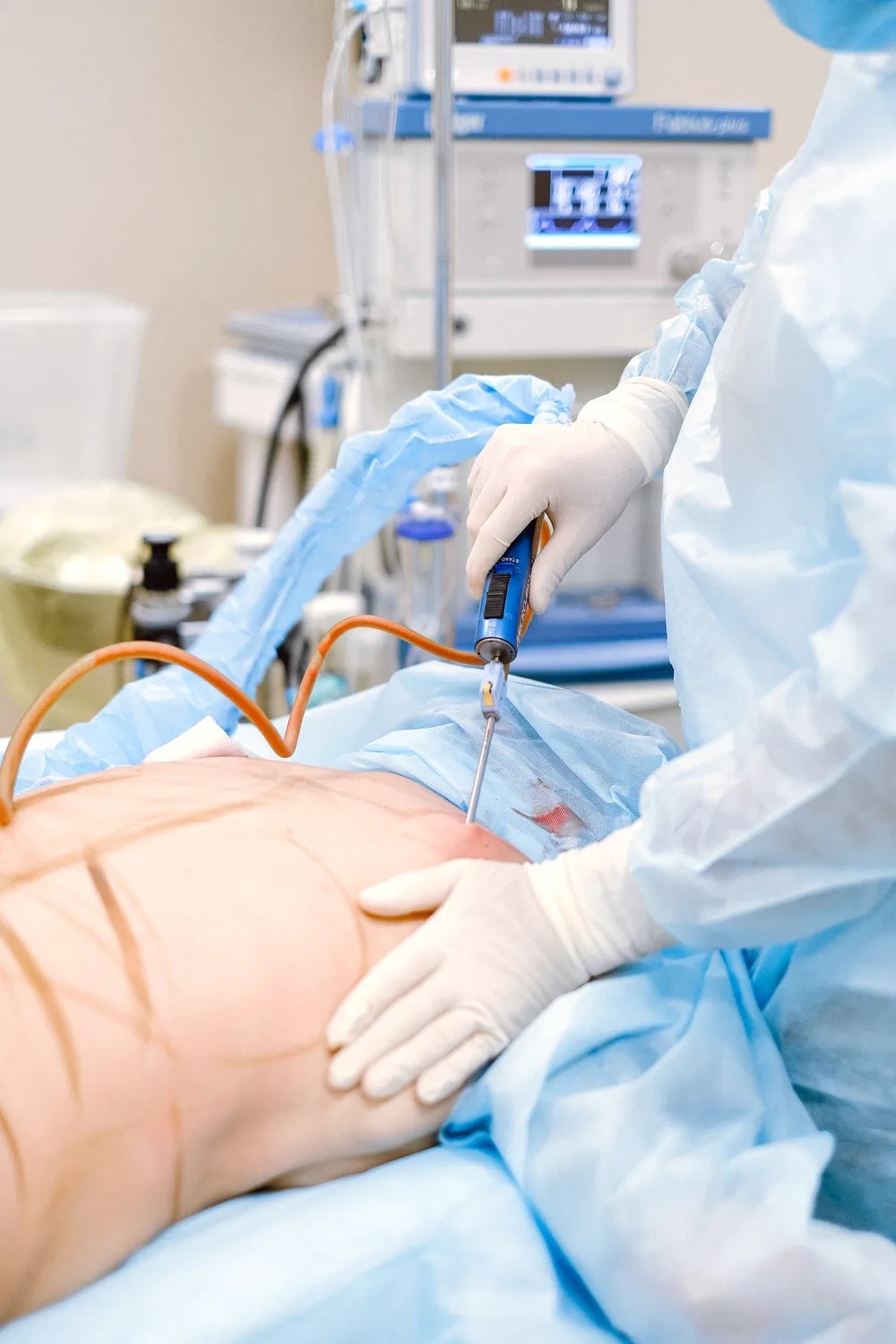Who doesn’t desire a flat and well-toned stomach?
I’m pretty sure everyone wants a firm and flat belly. Sadly for many, excess weight tends to park themselves around the midsection. The “middle-age spread” is a prevalent concern, especially among women. Further complicating this inevitable fact of aging are significant life milestones, such as weight loss and pregnancy, which lead to weakened muscles and loose skin. All of these bodily changes exacerbate the appearance of a lousy, round belly.
Although exercise and diet are proven methods to keep weight in check and tone stomach muscle, targeting stubborn belly fat and excess skin with these strategies alone are hardly possible.
In most cases, body contouring procedures, either non-surgical or surgical, are necessary to achieve the desired body shape and proportion in a relatively short time. According to Phoenix plastic surgery specialists, these procedures offer a handful of benefits, like restoring skin elasticity and tightness, firming the muscles, and eliminating localized fat, which is virtually impossible to achieve with mere diet and exercise.
One of the most popular body-contouring procedures that target the midsection is tummy tuck surgery. In 2019, some 123,427 tummy tuck procedures were performed. Although a tummy tuck is among the top plastic surgeries, there are still many misconceptions about it.
Here is everything you should know about tummy tuck. Meanwhile, if you are looking for a trusted local BBL surgeon, visit https://www.brazilianbuttlift.com.
What is a tummy tuck?
Tummy tuck or abdominoplasty is a plastic surgery procedure that is intended to flatten the abdomen by tightening the skin tissues, removing excess skin and fat, and repairing damaged abdominal muscles. It results in a firmer, well-toned, and smoother belly. Usually, tummy tuck results in long-lasting abdominal transformation.
What are its benefits?
There are various reasons why people opt to undergo plastic surgery. Some of its benefits include:
- Improved abdominal tone
- Smoother belly
- Better posture and physique
- Reduction of stress urinary incontinence
- Correction of ventral hernia
This surgical procedure is most beneficial for people who have tried diet and exercises, but the belly is still protruding or lacks tone. Perhaps, its most important benefit is its boost on the self-confidence and overall well-being of the individual.
What to expect during the procedure?
Tummy tuck procedures often last between one and five hours. Usually, patients will need to stay in the hospital overnight for monitoring. Right before the procedure, you will be out to sleep or general anesthesia. This means you won’t feel or remember anything.
During the surgery, the plastic surgeon will make a horizontal incision between the pubic hairline and the navel. The incision shape and length may vary depending on the amount of skin to be removed. Once an incision is made, the doctor will access and repair the weakened abdominal muscles through this slit. Then, a second incision is made around the belly button to remove excess skin from the upper abdomen.
Next, the upper abdominal skin is pulled down, excess skin removed, and stitched together thereby tightening the abdominal skin. The plastic surgeon then creates a new opening, repositions the navel into it, and sutures the belly button in place. Finally, incisions will be closed with sutures, clips, tapes, and skin adhesives.
How long is the recovery?
Typically, you’ll need at least six weeks to fully recover. Expect pain right after surgery, although you’ll be prescribed pain medications. You’ll also be instructed on how to ease the pain, especially when sitting up, lying down, or changing position. You will need to avoid strenuous activities and take at least one month off work during the recovery period. Be sure to follow the post-operative advice such as medications, the care of your bandages, and monitoring for potential adverse effects.
What are its potential risks?
Although many people think that a tummy tuck is an easy procedure, it is still a major operation that involves a degree of risk. Aside from the standard risks of surgery and general anesthesia, it is associated with other risks, such as:
- Scars
- Bleeding
- Infection
- Blood clots
- Numbness
- Poor wound healing
- Malposition or loss of belly button
- Fluid accumulation beneath the skin (seroma)
- Medical complications due to poor circulation
While tummy tuck has many potential risks, a board-certified plastic surgeon will discuss with you these risks as well as how they can be avoided.
How much does it cost?
According to the American Society of Plastic Surgeons, the average cost of this procedure is around $6,092 in 2019. Some factors that contribute to the cost include facility costs, anesthesia fees, medical tests, surgeon’s fees, prescription medications, and surgery supplies. You can check with several plastic surgeons or ask friends who have undergone the procedure so you can have an idea about the reasonable price in your area.
Who are the ideal candidates for a tummy tuck?
A tummy tuck is not for everyone. Several factors can help determine if you are an ideal candidate for the procedure. These include:
- Stable weight
- Generally good health
- Non-smoker
- Have a realistic expectation
- Mentally and emotionally ready for surgery
If you are concerned about your growing waistline or a loose belly and are considering a tummy tuck procedure, book an appointment with a board-certified plastic surgeon. A qualified practitioner can help determine whether this surgical procedure would be ideal and appropriate for you.
